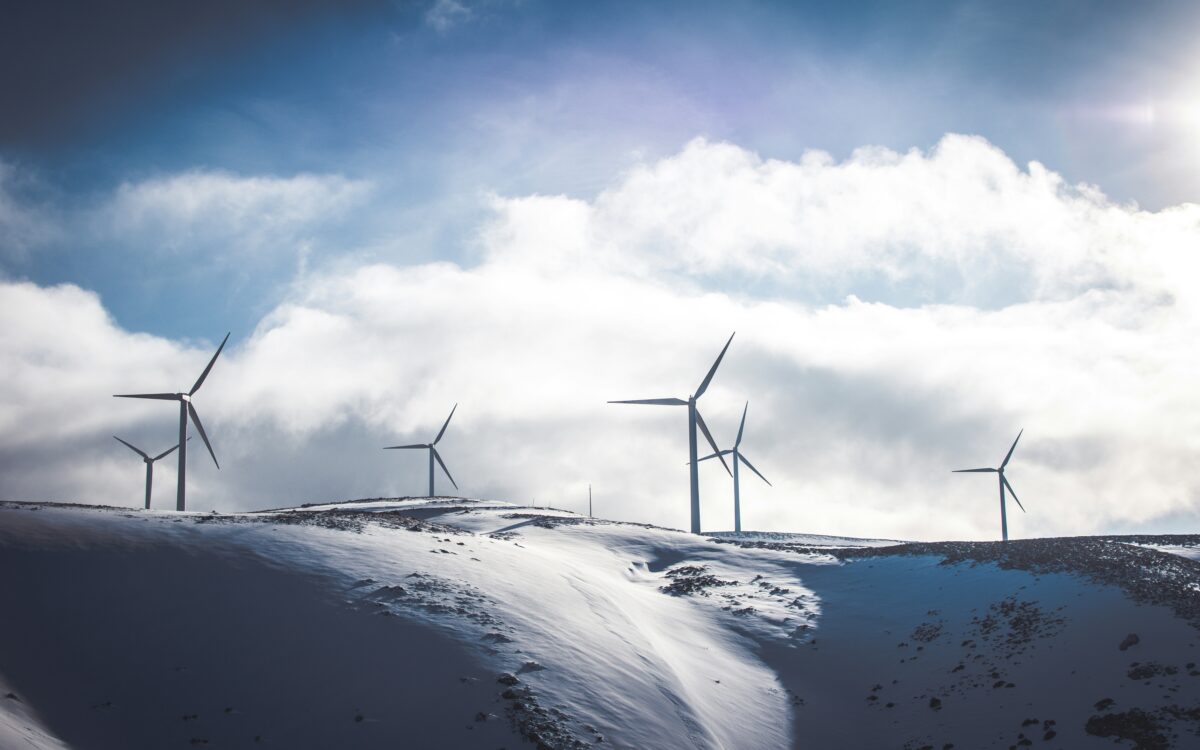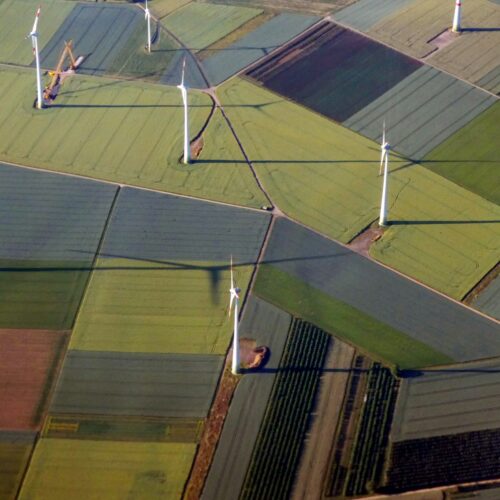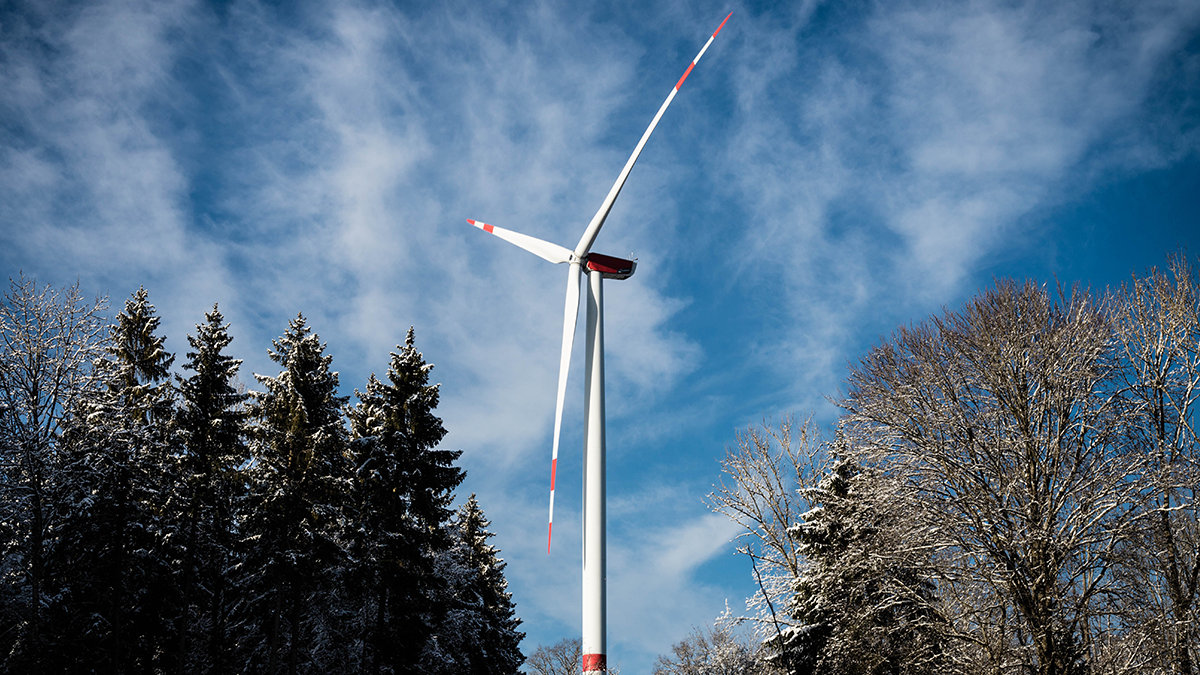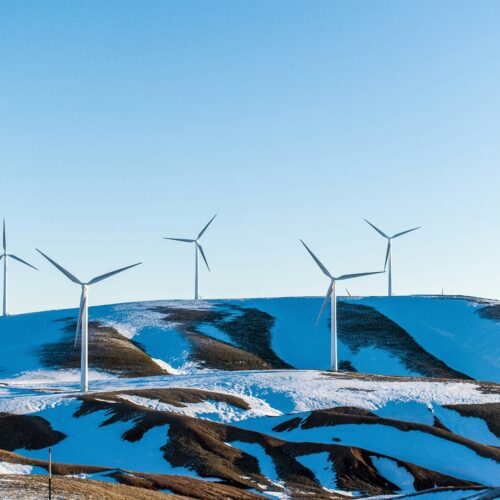Wind energy is rapidly becoming a vital source of electricity, playing a crucial role in powering Europe, with countries like Denmark and Ireland leading the way. Wind turbines even stand strong in icy regions like the North Sea and Antarctica. However, with winter comes misinformation around wind energy’s effectiveness. Let’s explore the facts and debunk the myths surrounding wind turbines and cold weather.
Can Wind Turbines Withstand Freezing Temperatures?
Absolutely! Modern turbines are designed to handle frigid temperatures down to -30°C. However, ice accumulation on blades can become an issue, impacting efficiency and potentially causing imbalances.
How Does Ice Affect Wind Turbines?
Ice formation on blades, caused by freezing rain, snow, high wind chill, or fog, disrupts the blades’ aerodynamics. This can lead to:
- Reduced Efficiency: Icing makes the blades rougher, hindering wind capture and electricity generation.
- Safety Concerns: Ice thrown off spinning blades can pose a danger.
How Do Wind Farms Deal with Icing?
The wind industry has developed various strategies to combat icing:
- De-icing Technologies: Modern turbines come equipped with built-in de-icing systems, including:
- Heating Systems: These circulate hot air within the blades to prevent ice buildup.
- Mechanical De-icing: Devices or fluids break up existing ice.
- Blade Vibration Systems: Vibrations dislodge ice accumulation.
- Blade Coatings: Some companies, like Skellefteå Kraft, use a special carbon fiber coating that heats up to prevent ice formation.
- Cold Climate Packages: Manufacturers offer packages like Nordex’s, which claim to minimize energy losses during icing events.
The Texas Freeze and Wind Energy Misinformation:
In February 2021, Texas experienced a severe cold snap leading to power outages. While some wind turbines froze, causing a 16GW power loss, fossil fuels, coal, and nuclear sources contributed to a much larger shortfall (30GW).
Here’s the key point: the Texas turbines weren’t designed for such extreme conditions. Critics exploited this situation, spreading misinformation and blaming wind energy. However, this event highlights the need for:
- Weatherization: Turbines in regions with potential for extreme cold should be appropriately weatherized.
- Investing in Renewables: Diversifying energy sources with robust infrastructure is crucial for reliable power, especially in the face of climate change.
Fact-Checking the “Helicopter Rescue” Myth:
An image of a helicopter supposedly rescuing frozen Texas turbines circulated online. However, fact-checkers revealed the image was from a 2014 Swedish de-icing operation! While uncommon, using helicopters for de-icing can be a viable solution to minimize reliance on fossil fuels during critical situations.
Conclusion:
Wind energy plays a vital role in powering our future and is capable of withstanding cold weather. The industry employs various technologies and adapts to different climates. While challenges exist, ongoing research and adaptation ensure wind energy remains a reliable and sustainable source of clean power.




